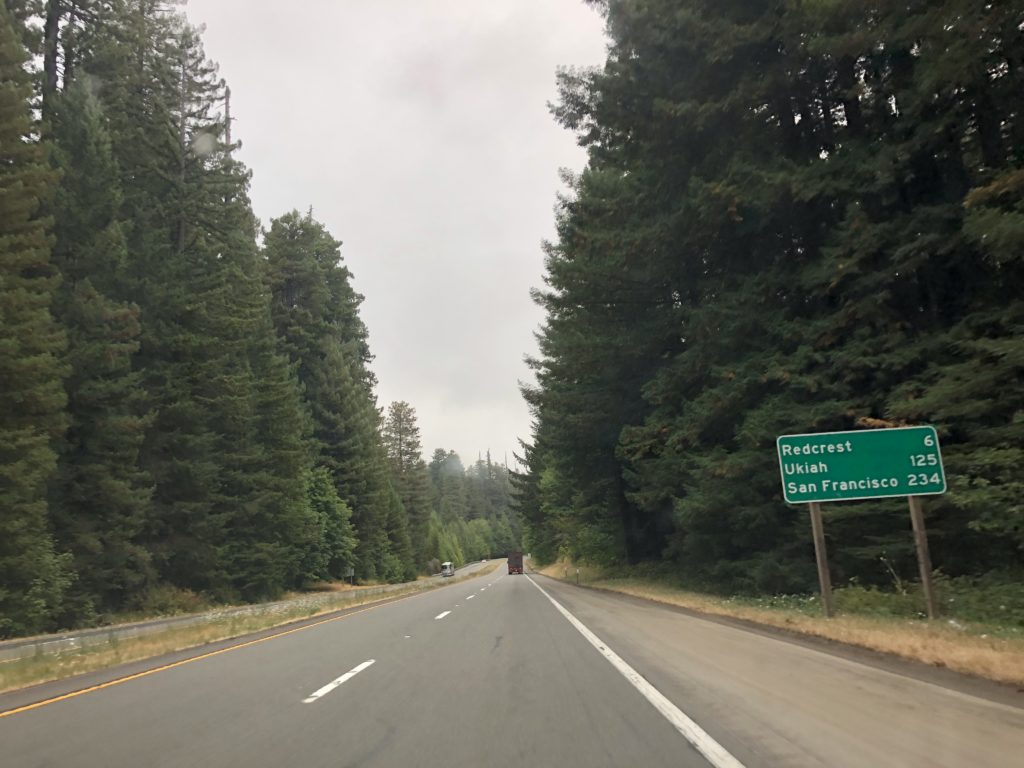We hit the road early, singing just about every California-related song we could think of. There are plenty. We crossed through Oregon’s Willamette valley again, heading southwest to the California border.
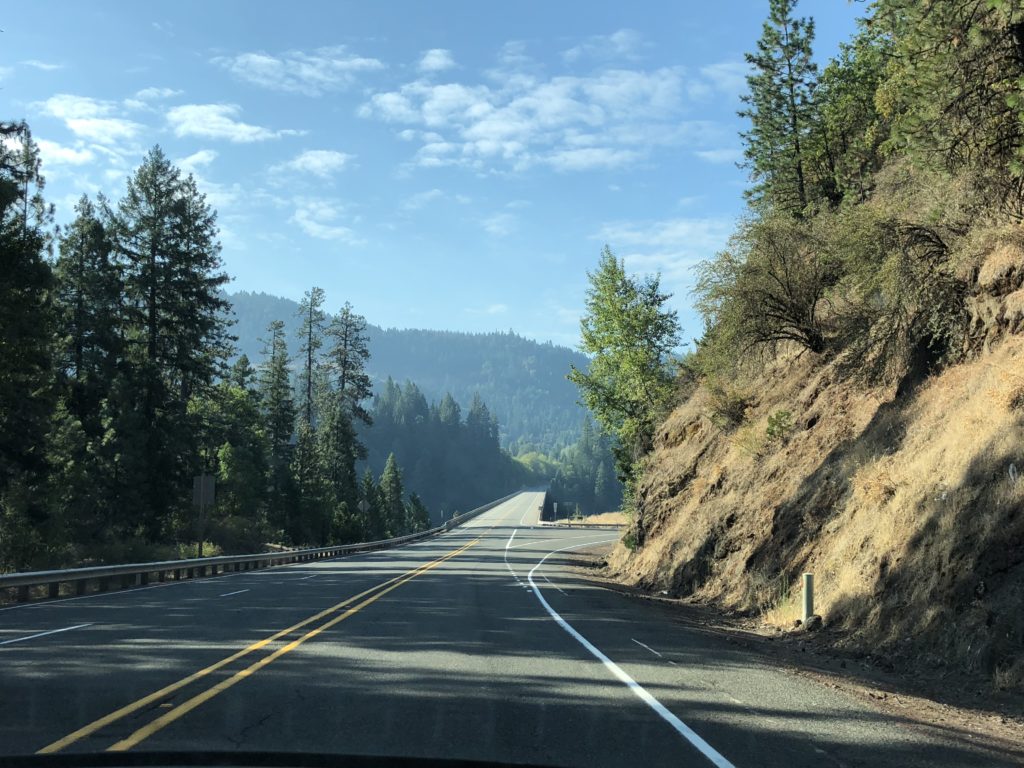
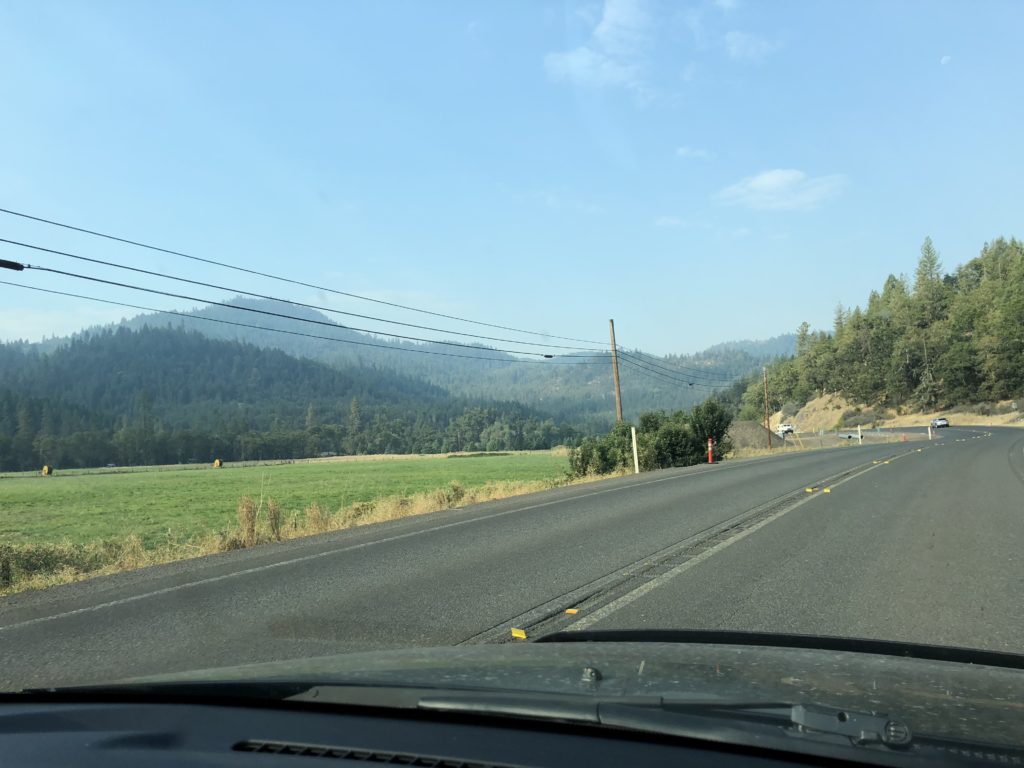

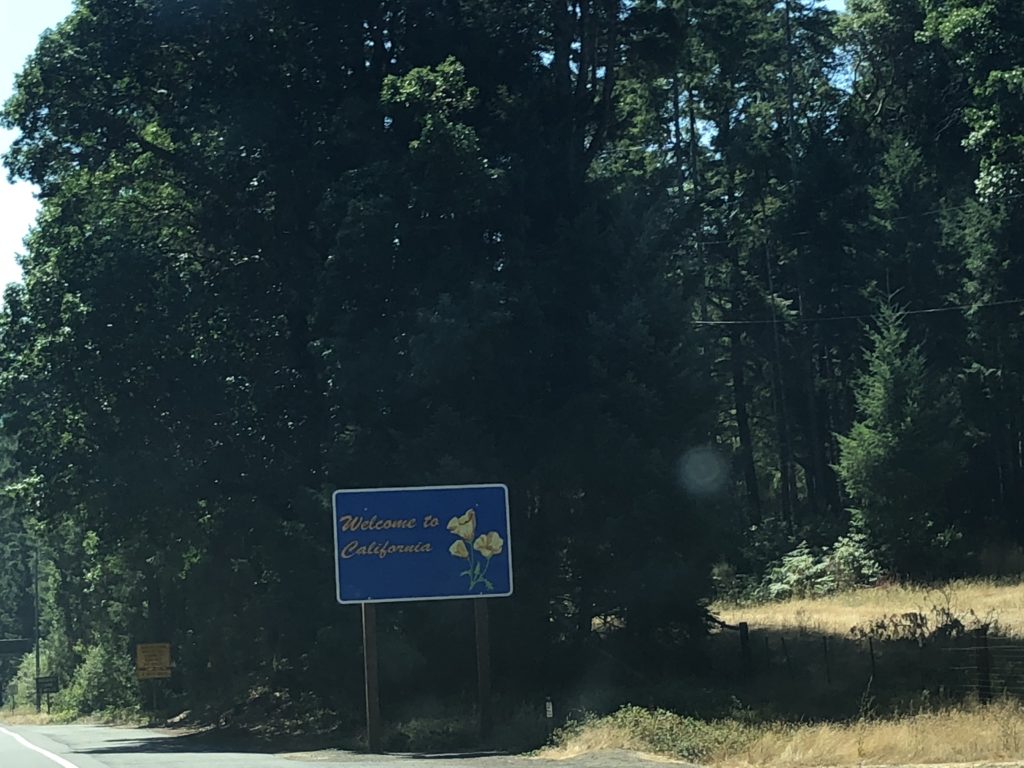
Upon entering the Golden State, we were stopped at a checkpoint and questioned about what we were carrying with us – fruit, meat, that sort of thing. It felt like we were entering a new country. We may as well have been. California is so big that if it were its own country, it would have the world’s fifth largest economy, ahead of the UK and France. It is the most populous US state with about 40 million people and the third largest by land area. It has the highest agricultural output of any state and just about anything seems to grow in Californian soil and climate. But amazingly, agriculture makes up a mere 1.5% of the state’s economy. Its dwarfed by the state’s enormous technology, financial, real estate, defense and entertainment industries, home to companies that have become clear and, in some cases, dominant world leaders. But at that stage of our trip, we were focused on the state’s natural beauty as we found ourselves winding through canyons and forests on our route towards the coast.

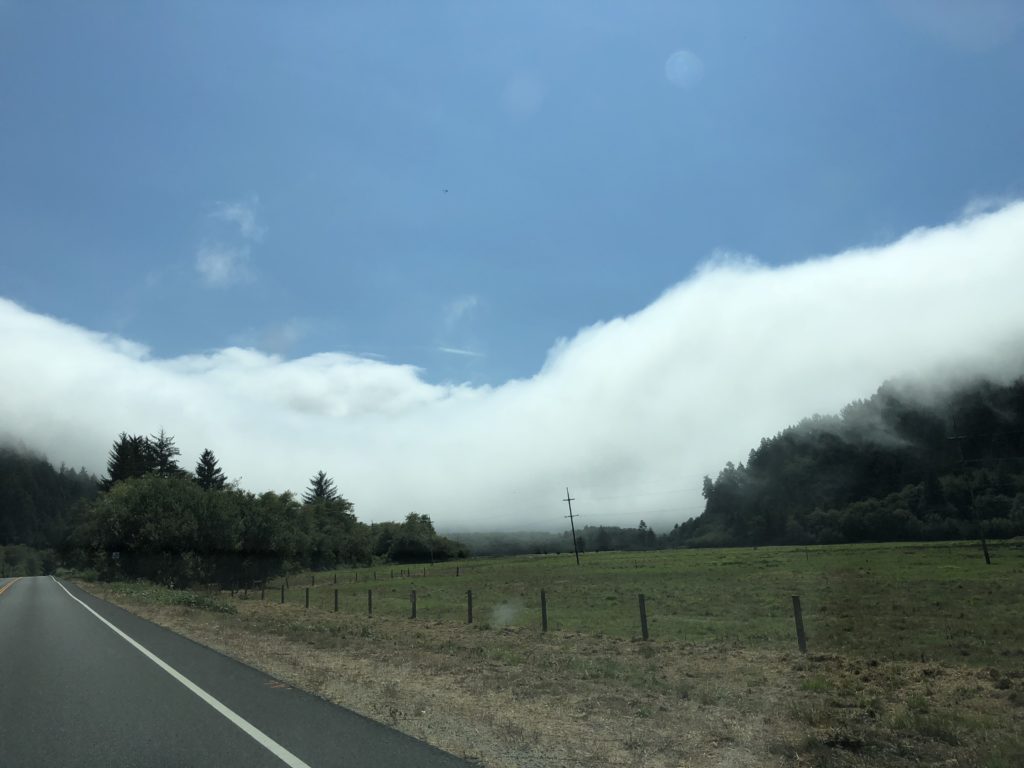
After cruising down Highway 101, hugging the coast for an hour or so, we entered the Redwood National and State Parks. This complex of four parks is home to the tallest trees in the world – the mighty Coast Redwood. Visiting here has been on my bucket list for as long as I can remember, and cutting to the chase, here are some pictures:
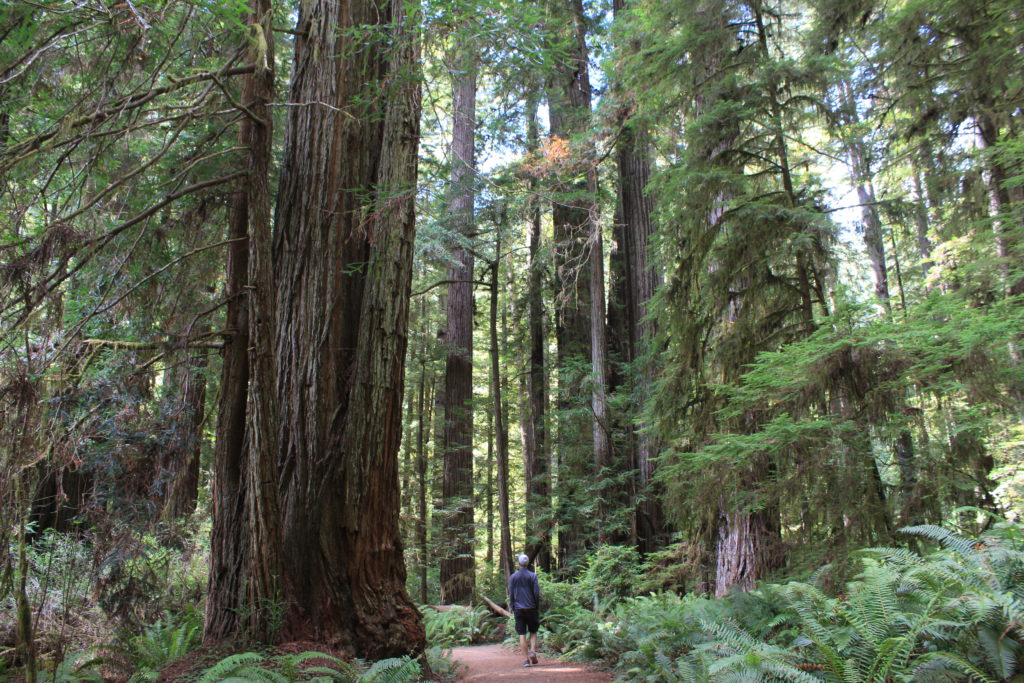
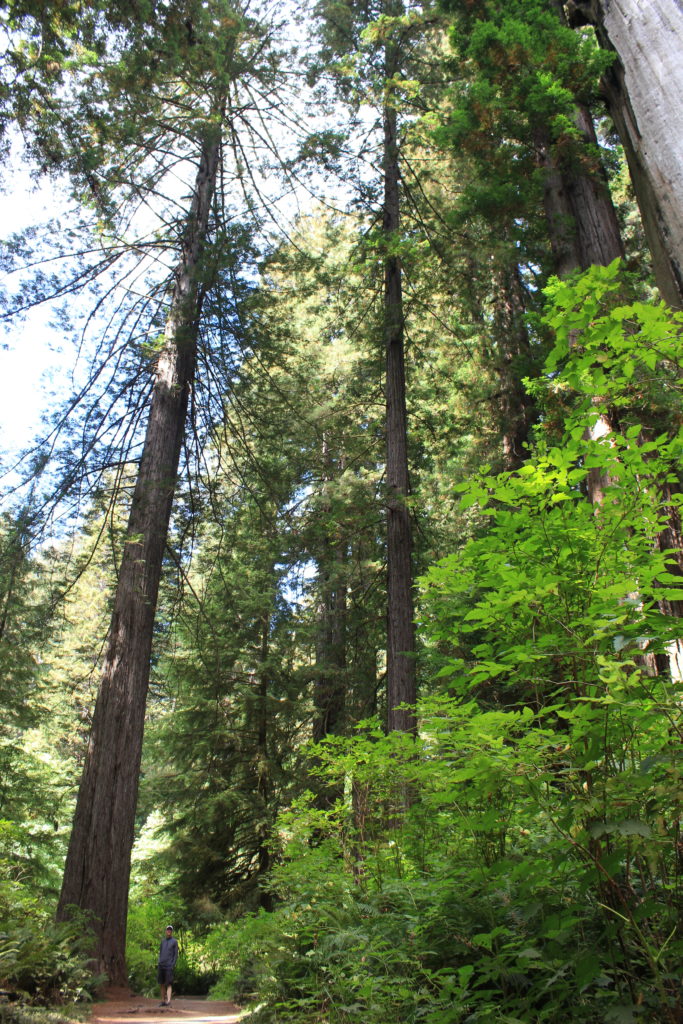

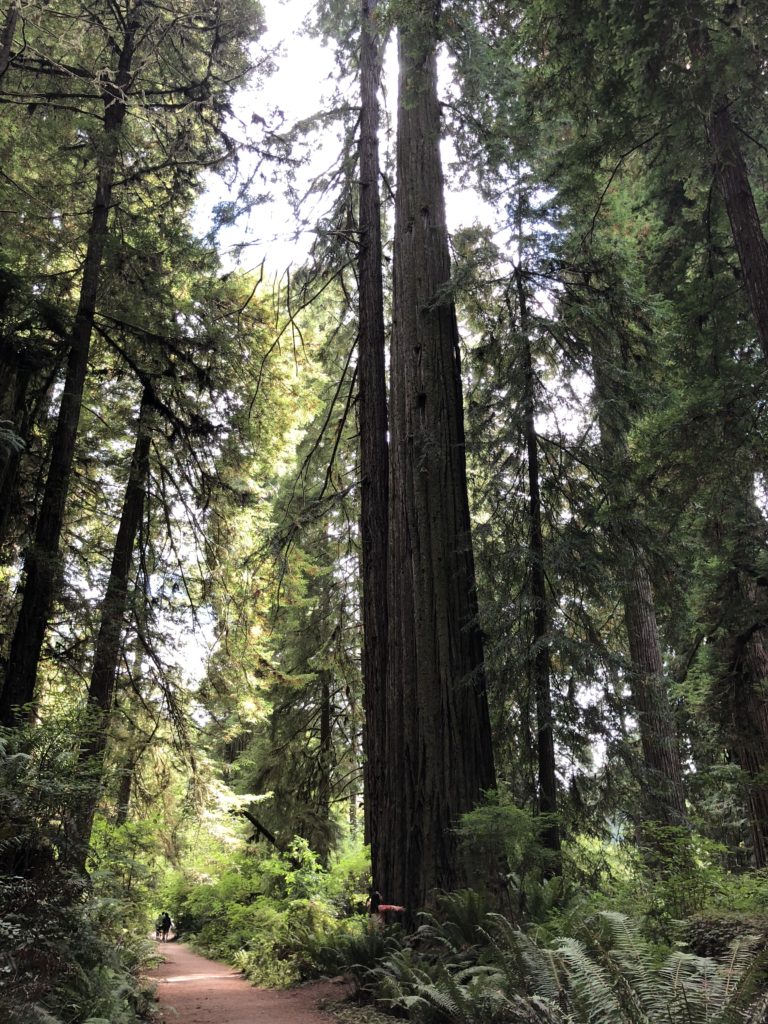
It’s tough work trying to get a complete picture of one. Coast Redwoods can reach heights well in excess of 100 metres. The biggest one is called Hyperion and reaches over 115 metres in height. In diametre, they can reach up to 9 metres. But these trees are also exceptionally old. The average lifespan is 500 to 700 years, and some are estimated to be older than 2,000 years! On one of the trails we passed a redwood with the fitting name “Big Tree” – height: 87 metres; estimated age: 1,500 years. Incredible.

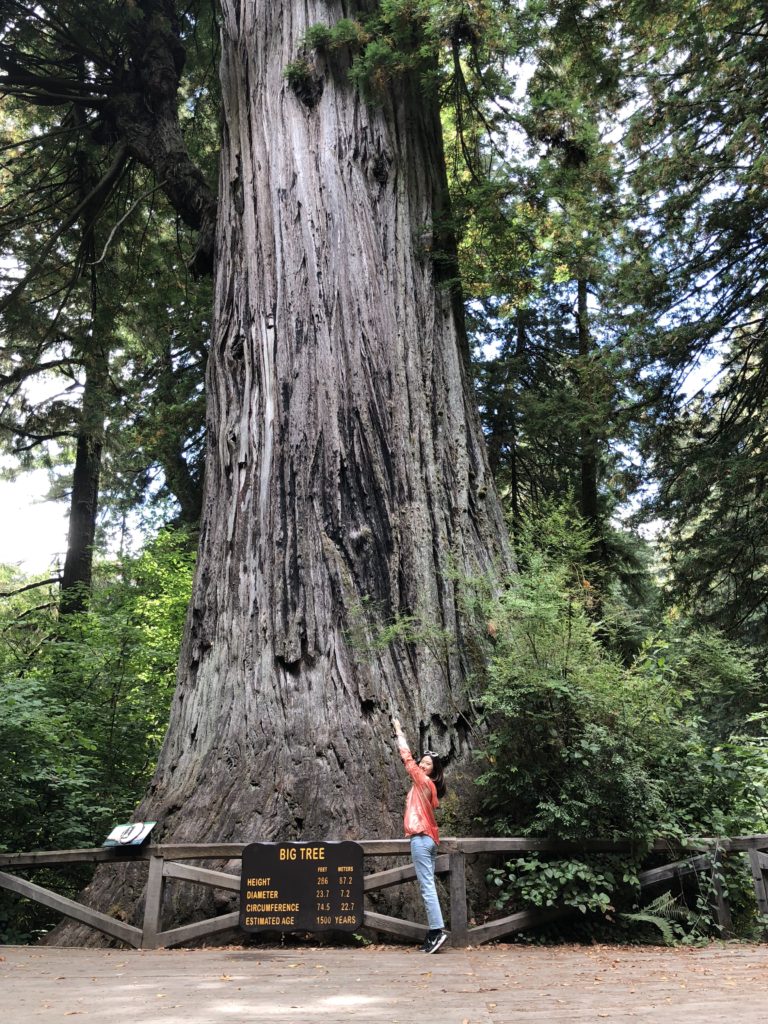
Coast Redwoods once covered a large stretch of California’s coast and thrived all the way up into Oregon (they grow nearer the coast as they rely on coastal fog as a water supply). But the various booms that regularly brought immigrants to California, continuously raised the demand for good lumber to make houses and other structures. These mammoth trees were targeted as the linear grain of their wood made them easy to split into planks. And they were all over the place. An estimated 96% of the original number have since been logged, and the Redwood National and State Parks protect around 35% of all that remains.
The parks have a number of great trails that weave paths between the massive redwoods and the lush undergrowth. A combination of mammoth trees and abundant plant life (particularly ferns) makes the forest feel dense. We very quickly felt like we were deep in nature, far away from people, cars, and highways. It was very peaceful.
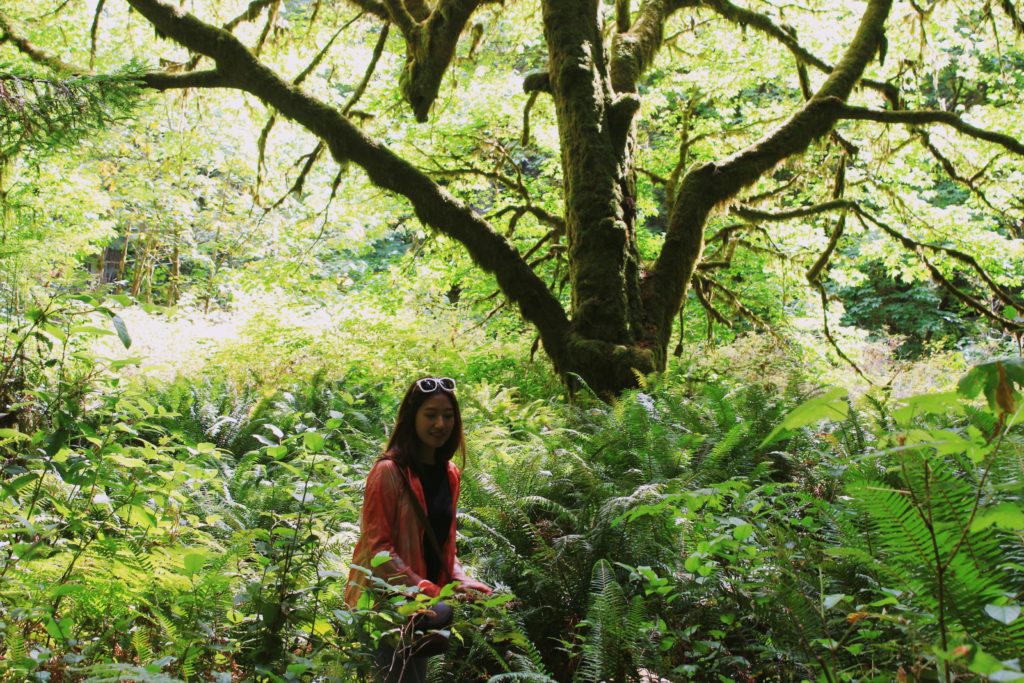
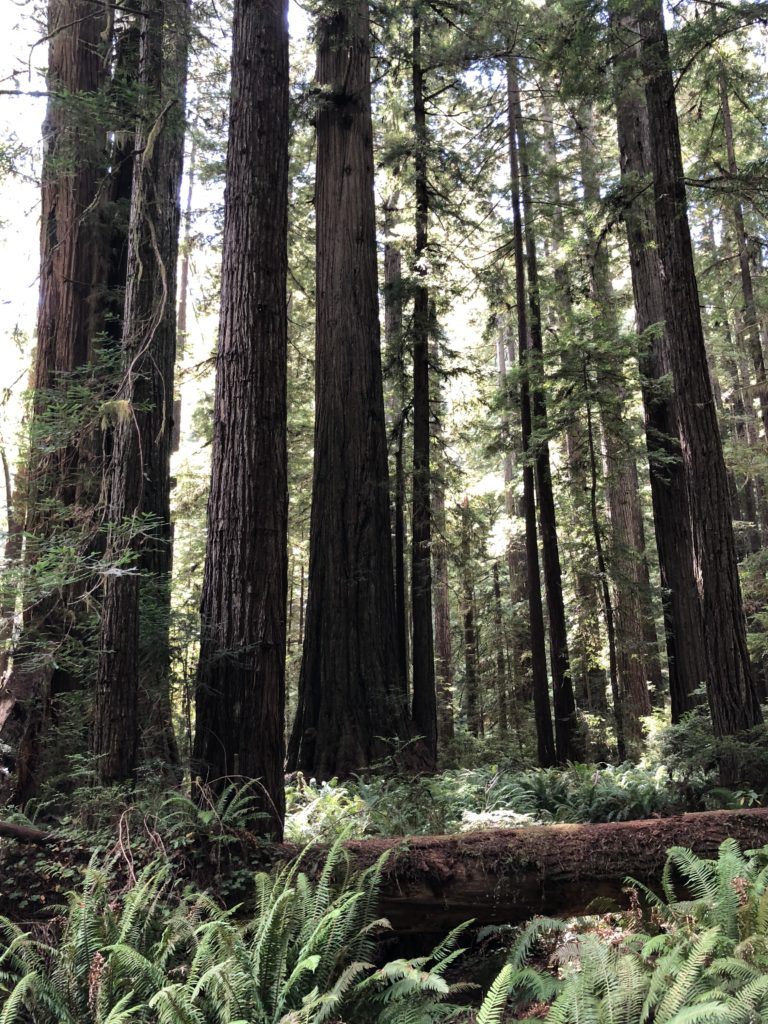
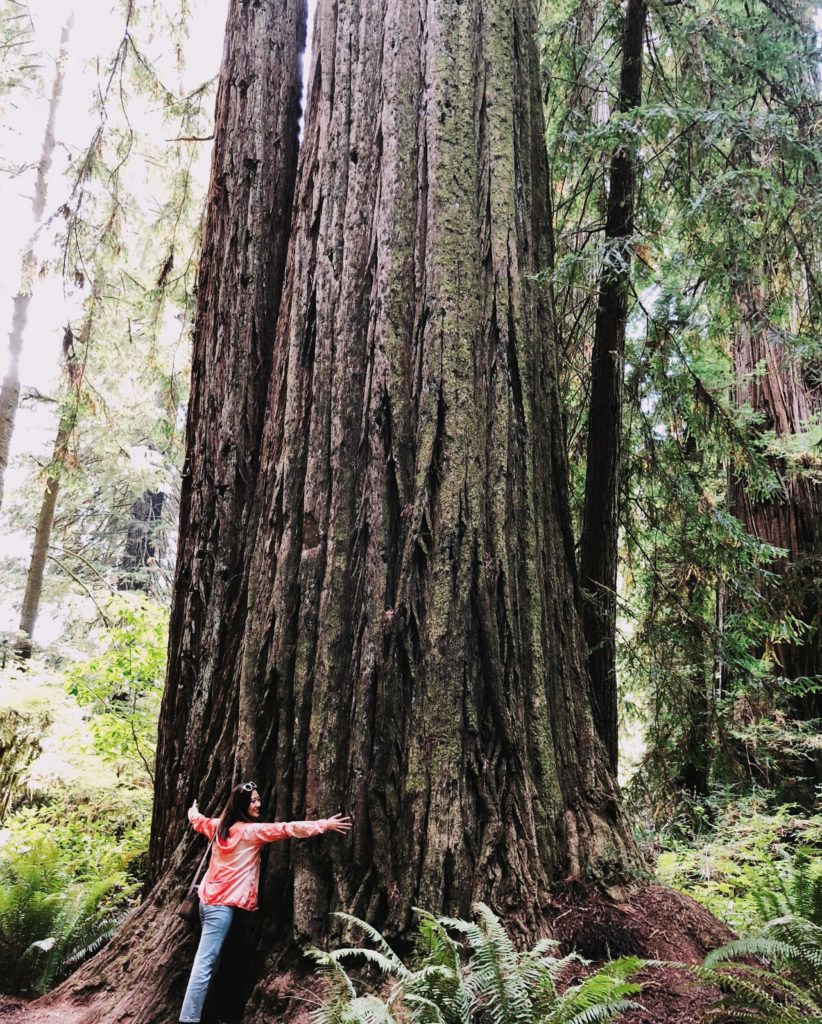

Walking among coast redwoods does feel like being transported to another world. Their scale is such that you can’t help but feel incredibly small. Their age too is part of it. Some of these trees were around when the Roman Empire was getting started. And some will be around a lot longer than any of us. It’s quite humbling.
This unique landscape has been used in a number of films over the years, including in scenes from Star Wars (think Ewoks on the moon of Endor) and Jurassic Park.
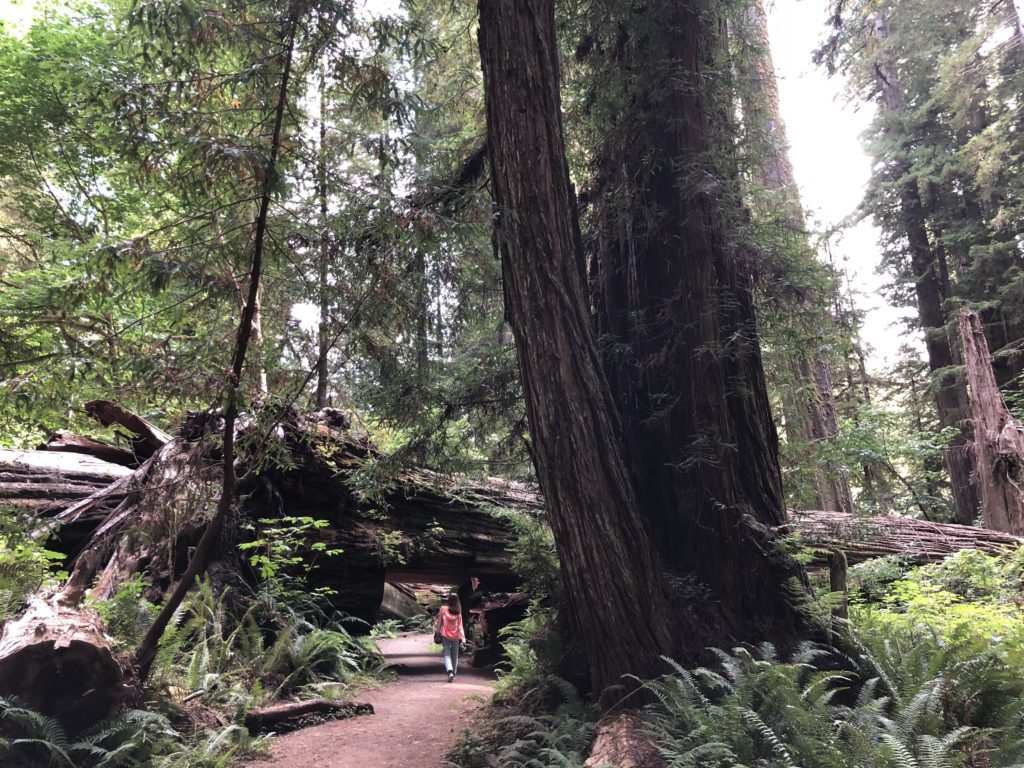
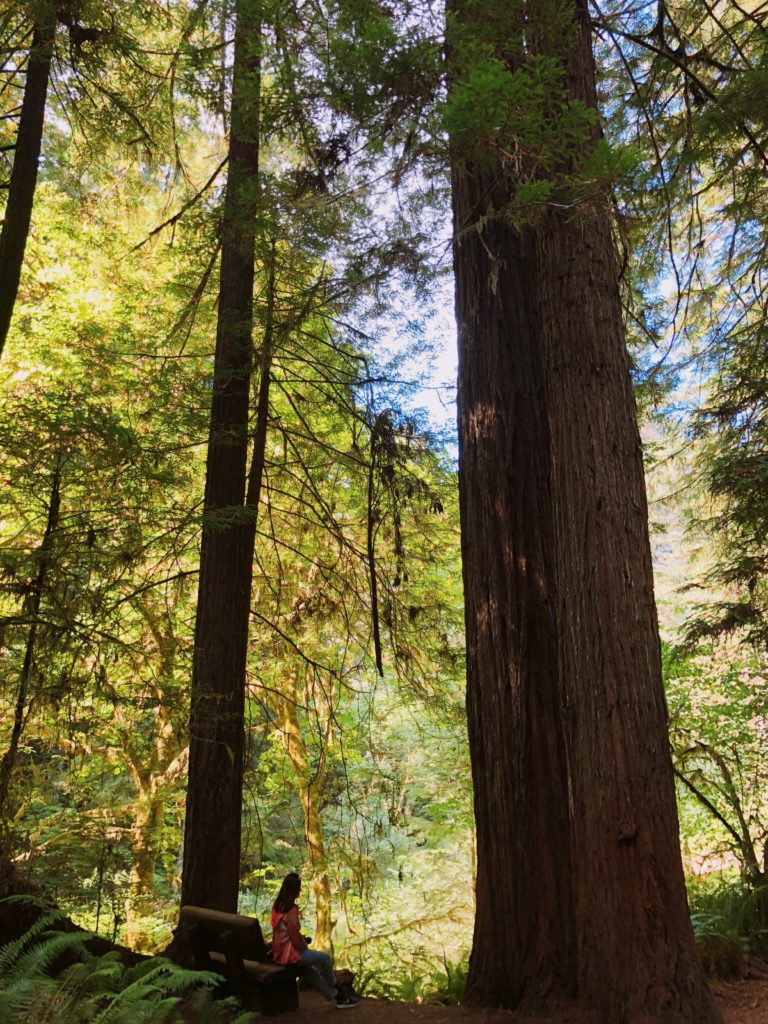
Given their size, when a coast redwood falls down, paths have to be diverted.
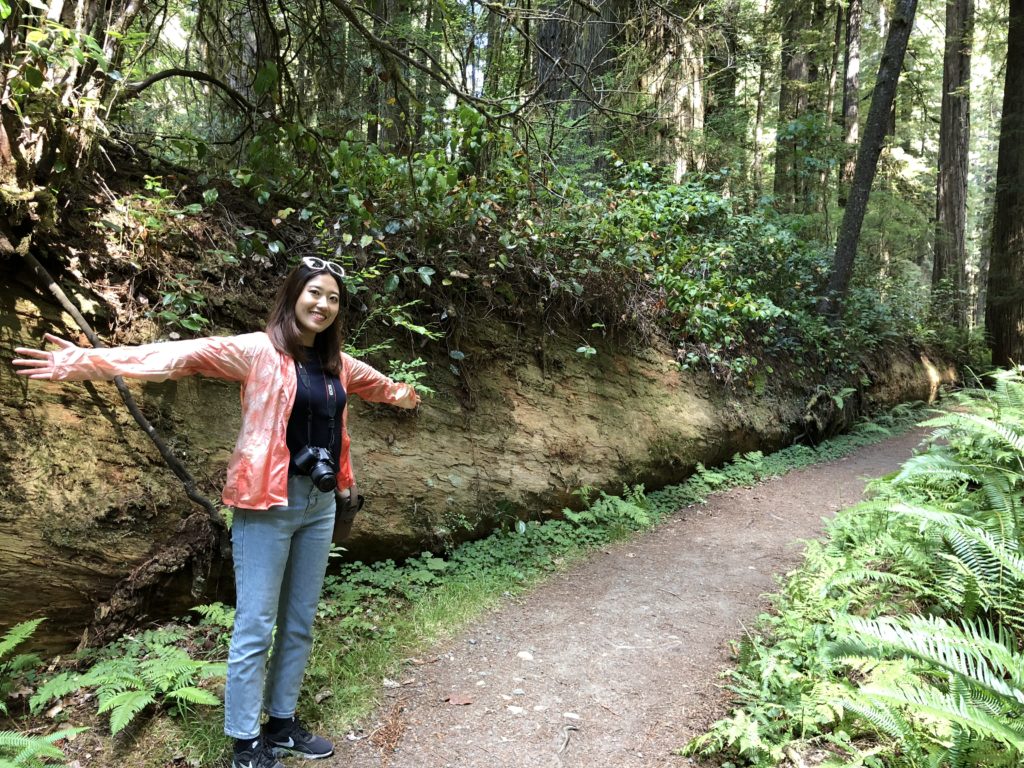
Or Karate-chopped.
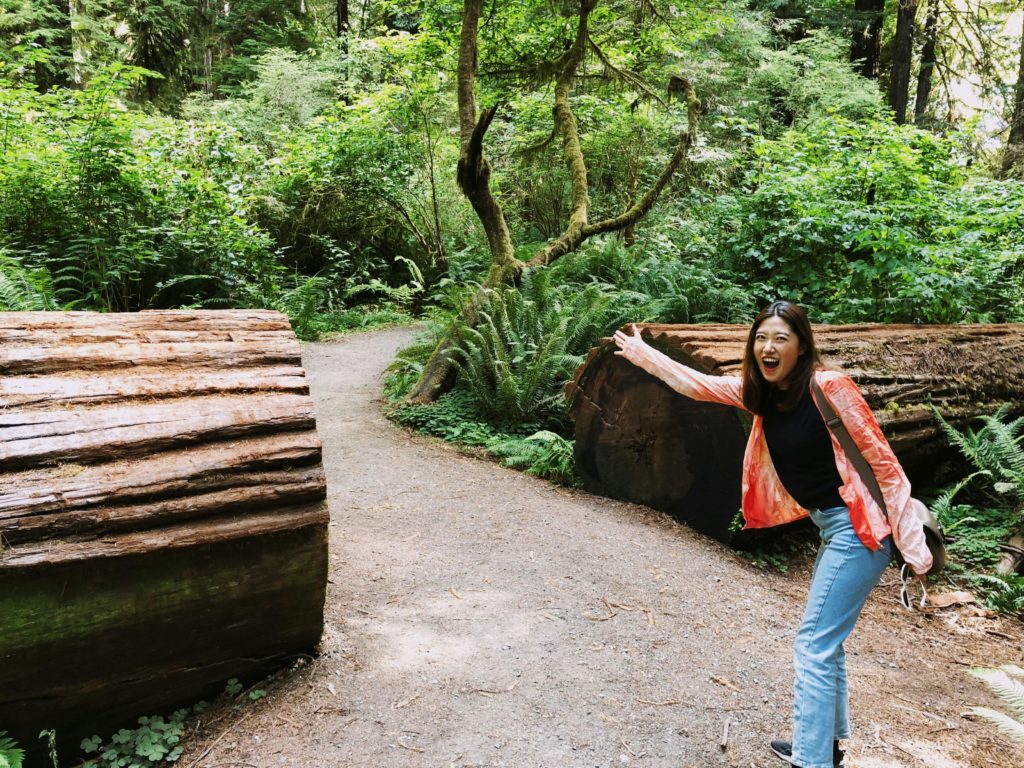
While the redwoods are the main attraction, there’s more to see and do. We spotted a large Roosevelt elk in one of the clearings:
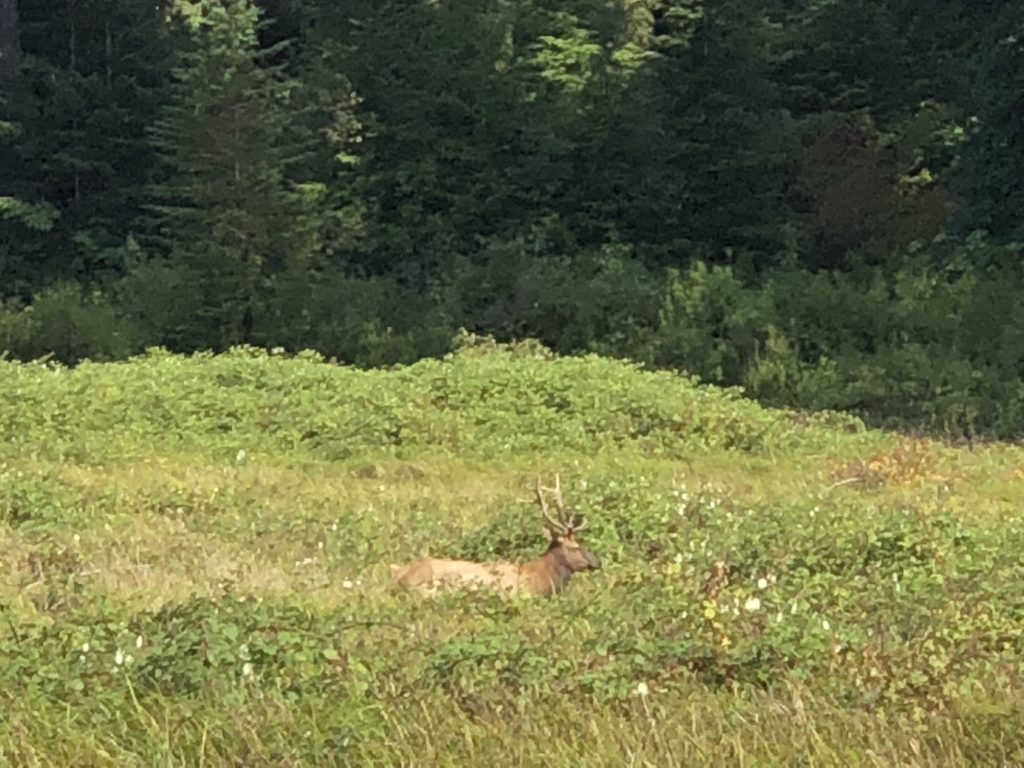
We stayed the night at an airbnb just south of the parks, near a town called Arcata. On our way there, we stopped off to take a look at Clam Beach on what turned out to be a very chilly late afternoon.
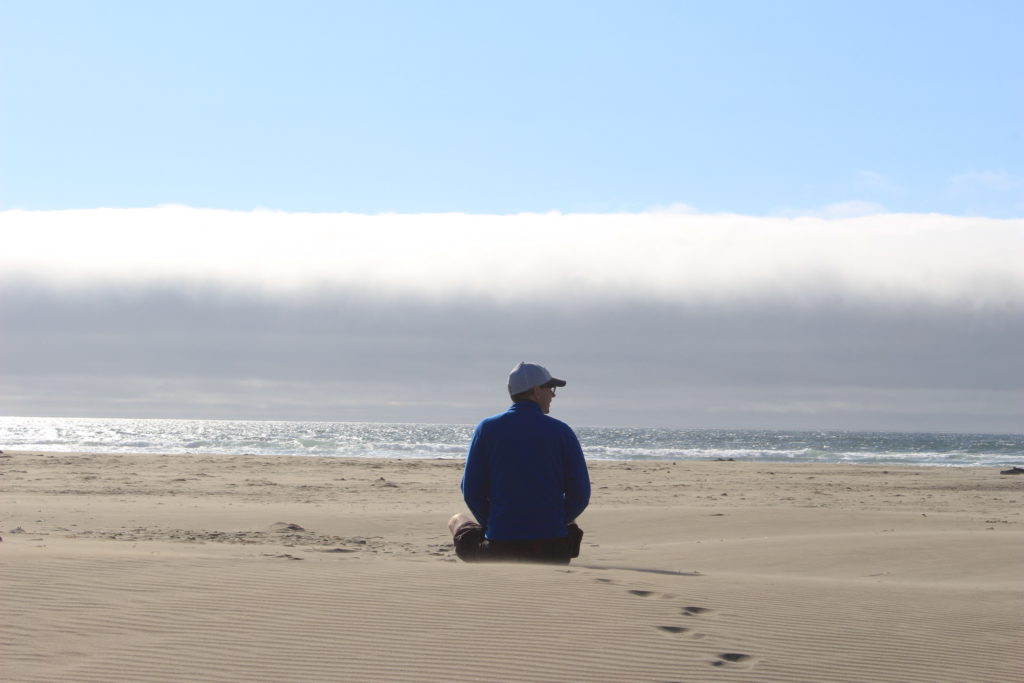
We woke up the next morning with quite a drive ahead of us…
